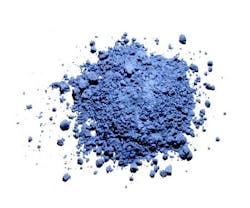Paints are one of the oldest synthetic substances known to man, dating back to the prehistoric times where they were used to depict scenes on cave walls. Today, paints are used both to add color and protect surfaces. The pigments in the paint not only impact the color but also its performance properties.
Organic pigments
These pigments are carbon-based, made from petroleum compounds, and more expensive than inorganic pigments. Although they provide bright, vivid colors, they are not resistant to fading and have shorter warranties. They are less opaque than inorganic pigments and therefore provide less protection from ultraviolet light. Ultraviolet light is responsible for the breaking of chemical bonds in coatings resulting in color fading and gloss reduction.
Inorganic pigments
These are widely used because their colors are more resistant to the negative effects of light and heat. Inorganic pigments are manufactured from mineral compounds, are less expensive than organic pigments, and contain fewer bright colors.
The color palette includes earth tones, such as beige and brown. Historically, there were some bright inorganic pigments, but they contained lead and cadmium, which are rarely used today due to toxicity concerns. In some cases, both organic and inorganic pigments are used to achieve a desired color or result.
Valspar color technicians are diligent about selecting the optimum pigments for a given job, providing products that meet warranty, performance, color, and environmental goals.
About the Author

Jeff Alexander
Jeff Alexander, Sherwin-Williams Coil Coatings VP of Sales for the Coil and Extrusion division has been with Sherwin-Williams (formerly Valspar) since 1997. He has an entrepreneur spirit and has thrived in building relationships with our customers. Jeff has fully immersed himself in all levels of the coating industry and enjoyed his term as National President at NCCA (National Coil Coating Association). He is focused on continuing to educate customers on the paint industry.
